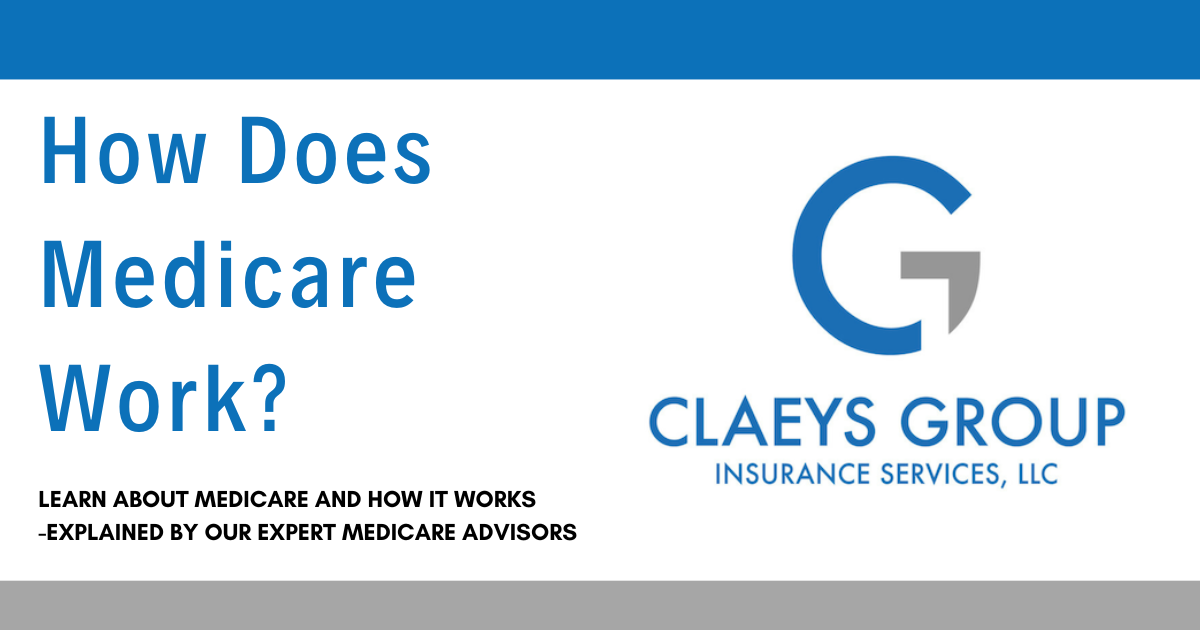
Technically, Medicare has four parts to it—parts A, B, C, and D. (Who said the government can’t be creative?) However, Original Medicare only represents two parts. (Confused yet?) Let’s begin with Original Medicare, and then we will cover the final two (elective) parts.
Assuming you qualify for Medicare (a subject we will cover in another blog post), Original Medicare is what will be represented on your Medicare card with parts A and B. Part A, which has no premium (though it is NOT an entitlement; for you paid into it all those many years!), covers four areas: hospitalization, hospice, home health care, and skilled nursing. Following is how each of those areas is covered under Medicare.
If you have Original Medicare only (no supplement or Advantage Plan accompanying Medicare), and you enter the hospital, you will be charged a deductible of $1,316, which will be good for a “benefit period” of 60 days. (This deductible does not cover doctor charges, which are billed separately.) If you exit the hospital before this benefit period ends, the clock starts ticking over the next 60 days. If you go back into the hospital, within this 60-day period, for the same issue, you are still under the same deductible. If you do not, your benefit period ends, which means that the next time you enter the hospital, you will need to pay the deductible again.
If you have an extended stay in the hospital, for days 61-90, you will then be assessed a charge of $329 for each day you remain in the hospital during this period. Medicare also covers your stay beyond 90 days, but, for those days of hospitalization (days 91-150), you will be charged $658 per day. (Can you see this bill adding up?!) While Original Medicare does not cover past 150 days, a Medicare supplement will add up to 365 more days of coverage!
Hospice is covered by Medicare Part A with no cost to the qualified Medicare patient. (See the limitations and qualifications.) Qualified home health care also costs the Medicare patient nothing.
Skilled nursing care in a skilled nursing facility (see the eligibility for this coverage) is covered for an eligible Medicare patient as follows. Medicare picks up the tab on days 1-20, while days 21-100 comes with a per-day charge of $164.50. (A stay beyond 100 days constitutes long-term care, which Medicare does not cover.)
Therefore, assuming eligibility of coverage in each of these areas, a Medicare patient would be assessed the following charges:
Hospitalization:
Days 1-60: $1,316 (benefit period deductible)
Days 61-90: $329 / day
Days 91-150 $658 / day
Hospice: $0
Home Health Care: $0
Skilled Nursing:
Days 1-20 $0
Days 21-100 $164.50 / day
This all means that in a worst-case scenario, someone possessing Original Medicare only (with no supplemental coverage) could be out of pocket as much as $60,000!!! You can see why many people, who do not believe that risk to be worth it, get a Medicare supplement to protect themselves.
While Medicare Part A covers hospitalization, home health care, hospice, and skilled nursing care, Medicare Part B, which has a monthly premium of $121.80 for those acquiring their Part B coverage in 2016, covers doctor charges (both out-patient and doctor charges while a patient in a hospital) and outpatient medical, including labs, tests, x-rays, MRIs, CT scans, and durable medical equipment, such as walkers, wheel chairs, and oxygen. (For more on Part B coverage, see what Medicare Part B covers.) Without a supplement, a person with Medicare Part B can expect to pay an annual deductible of $166 plus 20% of the remainder of the cost of outpatient medical for the remainder of the calendar year.
While parts A and B appear on Medicare cards, parts C and D do not. Part C is an Advantage Plan, while Part D covers prescription drug plans. Parts C and D will be explained in other blog posts on this site.
So, hopefully, now you feel a little more comfortable with your understanding of Medicare Parts A and B. In other posts, I hope to better equip you on other areas of Medicare, including supplements.
Who really wants to think about dying? Buying life insurance means we must face our…
When it comes to retirement planning, Social Security is one of the most important—and often…
Claeys Group Insurance Services has been named top life insurance agency in Tyler, TX…
This article details upcoming changes to Medicare with the Inflation Reduction Act, or IRA. What…
With the ever-changing changing economic landscape of late, and with many considering retirement at age…
The Donut Hole & Inflation Reduction Act The Inflation Reduction Act, passed by Congress in…
This website uses cookies.
Read More